Tom’s Hardware Verdict
The Crucial CUDIMM DDR5-6400 memory kit is a great choice for users who want dependable, baseline performance but don’t want to step foot inside their motherboards' BIOS settings.
Low-profile design
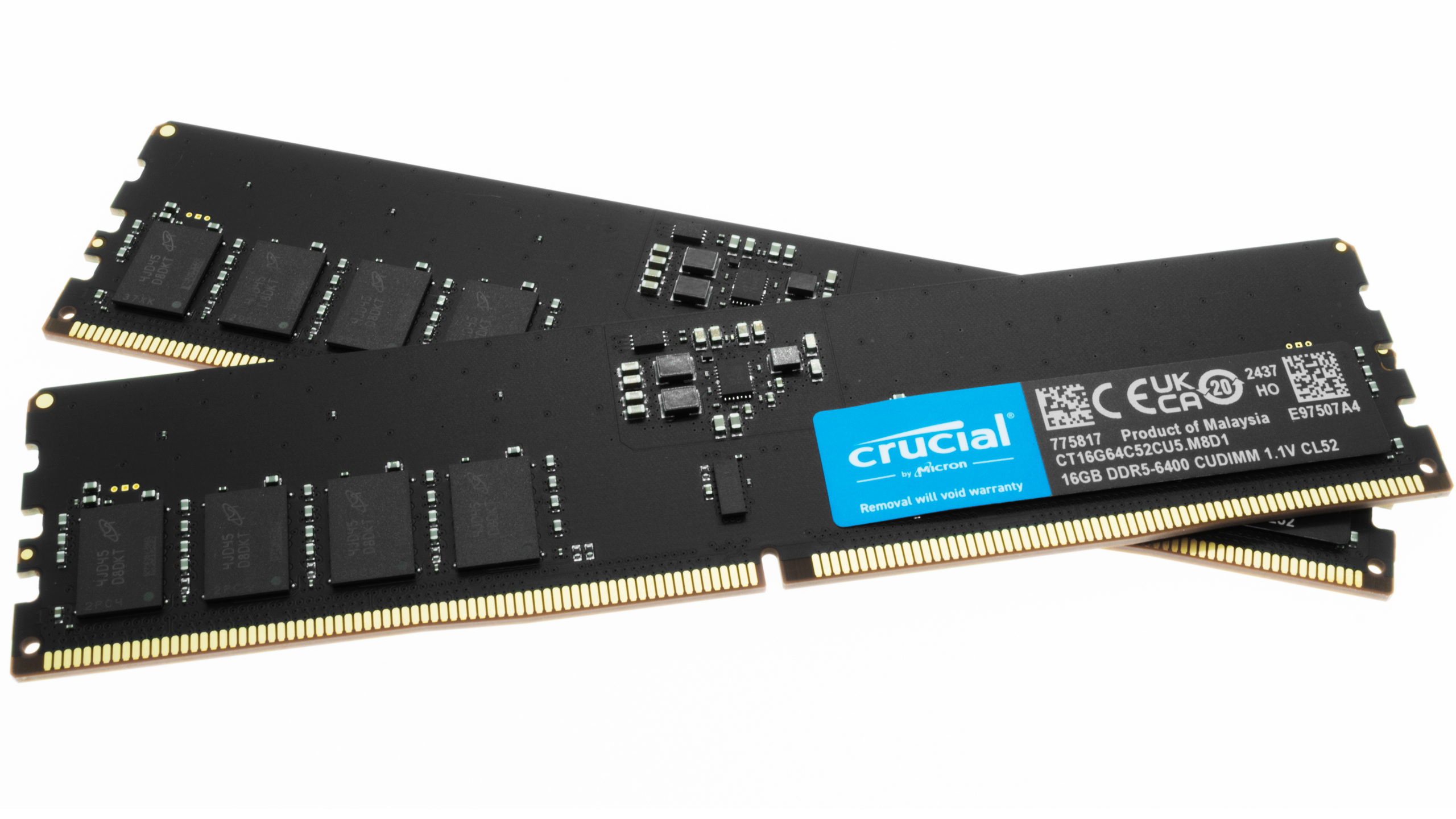
Runs at 1.1V
Substantial premium
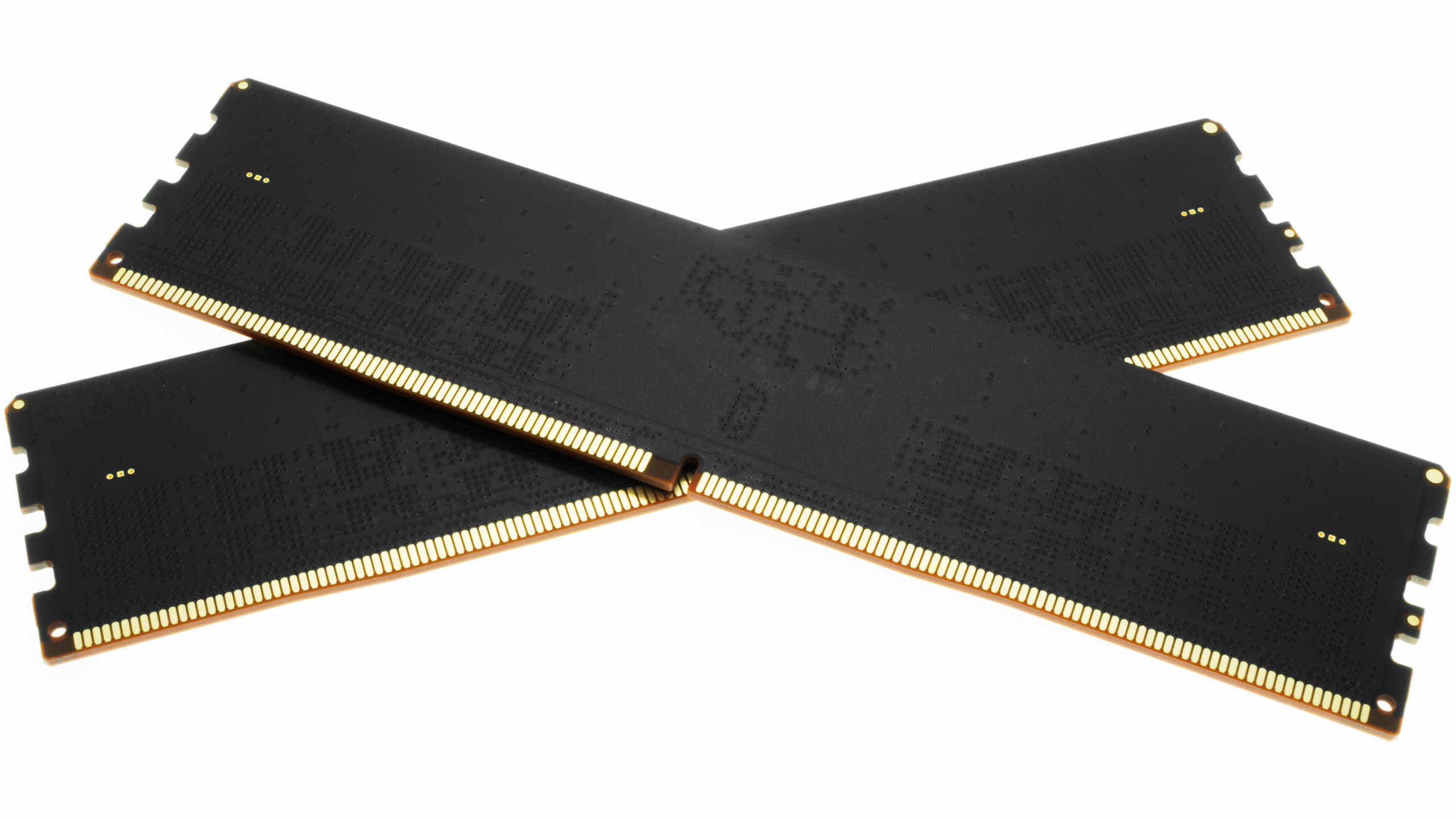
JEDEC timings
Limited availability
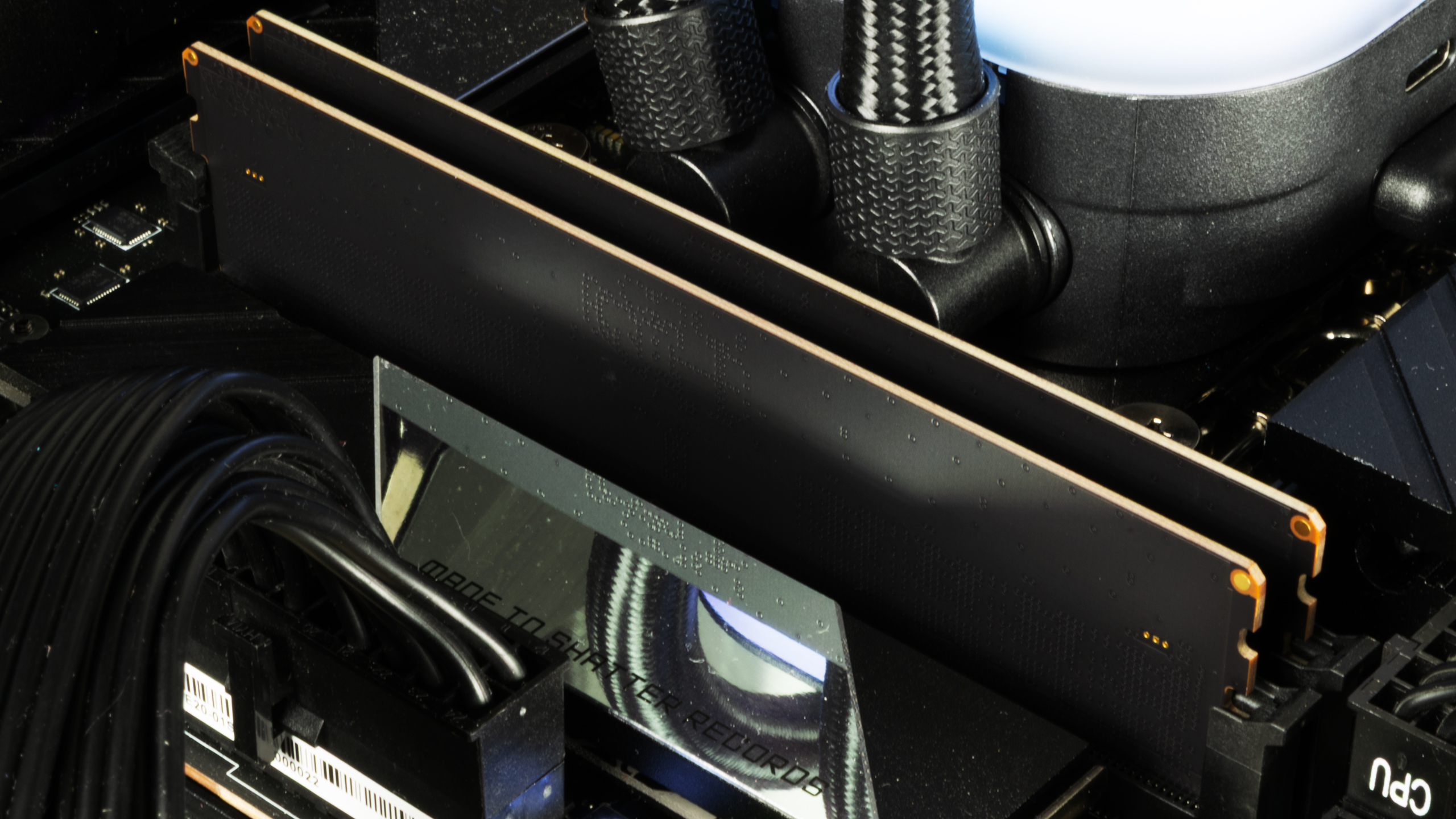
Why you can trust Tom’s HardwareOur expert reviewers spend hours testing and comparing products and services so you can choose the best for you.Find out more about how we test.
The Crucial CUDIMM DDR5-6400 memory kit may not appear exceptionally fast on paper, so it has much to prove against thebest RAM. When you thought that DDR5 couldn’t usher in any more innovations, JEDEC (Joint Electron Device Engineering Council) introduced CUDIMMs (Clocked Unbuffered Dual In-line Memory Modules) last year to shake things up. CUDIMMs are still DDR5 memory modules but incorporate an additional piece of hardware, a CKD (clock driver) chip that significantly improves signal stability at elevated frequencies.
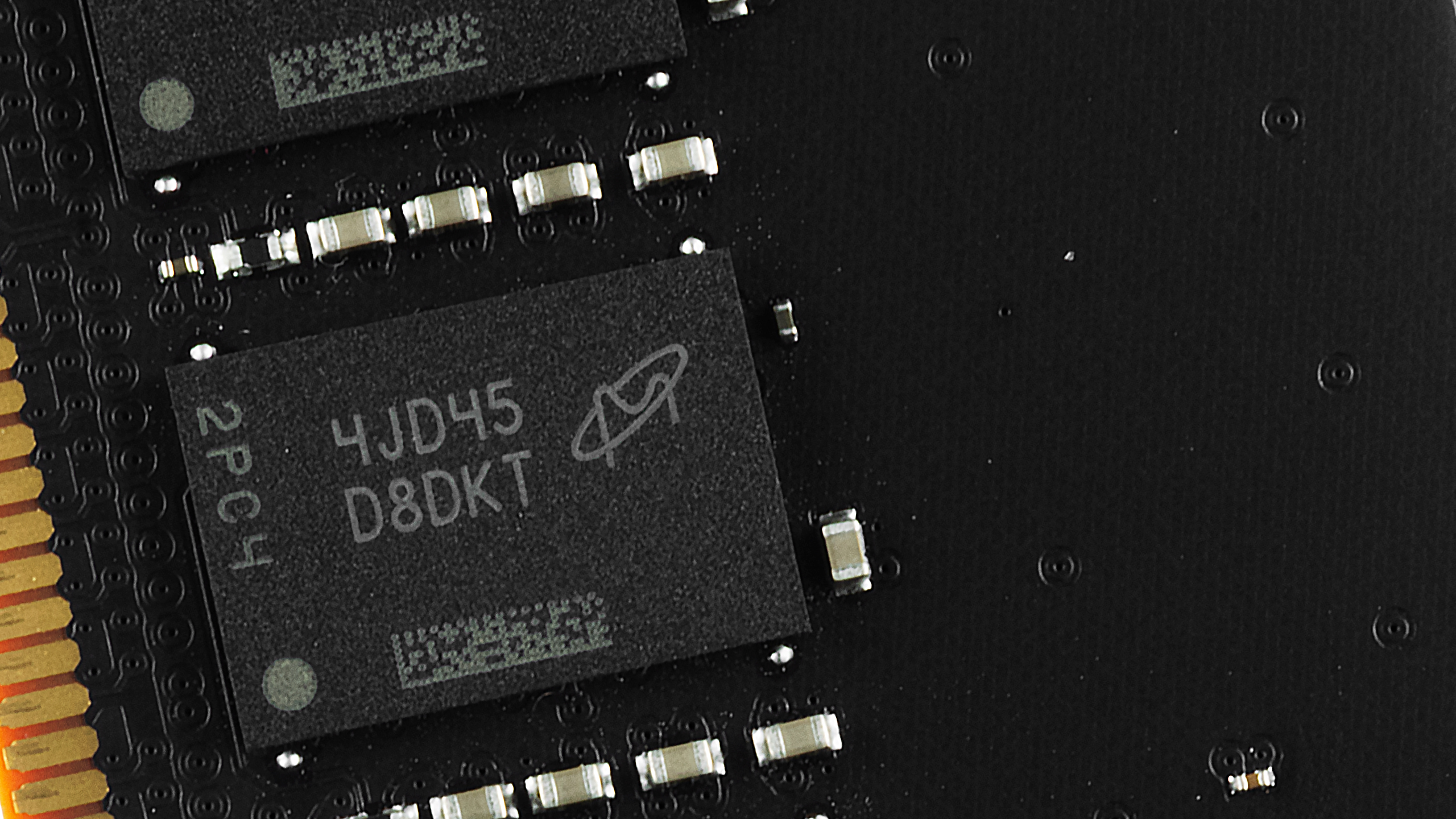
The diminutive CKD integrated circuit (IC) assists vendors in pushing memory kits above the DDR5-8000 threshold. Although the CKD’s primary benefit lies with ultra-fast memory kits, the chip also assists with products at the lower end of the speed spectrum. As per JEDEC’s specification, DDR5-6400 serves as the baseline for CUDIMMs, so Crucial’s CUDIMM memory kit strives to compete in that category.
The CUDIMMs look like your typical run-of-the-mill DDR5 memory modules. They lack fancy heat spreaders or flashy RGB lighting, which might appeal to some while deterring others. At least the PCB features a nice black color that seamlessly integrates with most PC builds, rather than the outdated green seen on earlier DDR5 memory modules. Since these are bare memory modules, they measure 1.23 inches (31.15mm) in height, so CPU cooler compatibility shouldn’t be an issue.
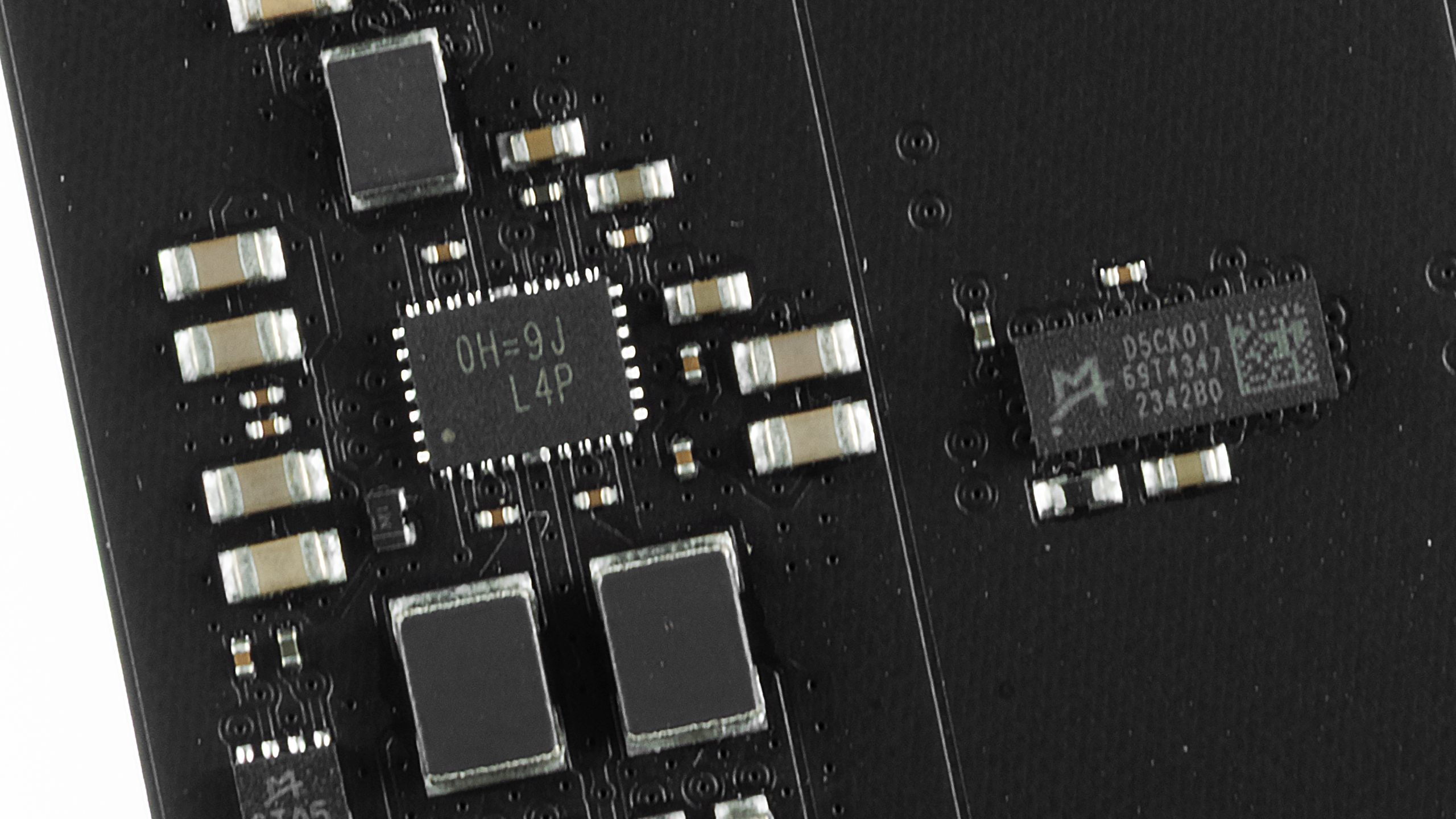
The only things you’ll find on the memory modules are Crucial’s sticker featuring the company branding and basic specifications. The sticker peels off easily if you prefer to remove distractions from your hardware. The absence of a heat spreader allows you to see the CUDIMMs' components clearly, so there are no surprises under the hood. They are easily visible if you want to check the exact ICs that Crucial is using with the CUDIMMs.
The CUDIMMs have a single-sided design, meaning all the ICs are on one side. While we’re on the topic, the ICs on these DDR5-6500 CUDIMMs carry the 4JD45 D8DKT markings, corresponding to Micron’s D-die. Each memory module has a 16GB capacity with eight 2GB ICs onboard. The 0H=9J L4P power management IC (PMIC) comes from Richtek, while the D5CK01 CKD is from Montage Technology.
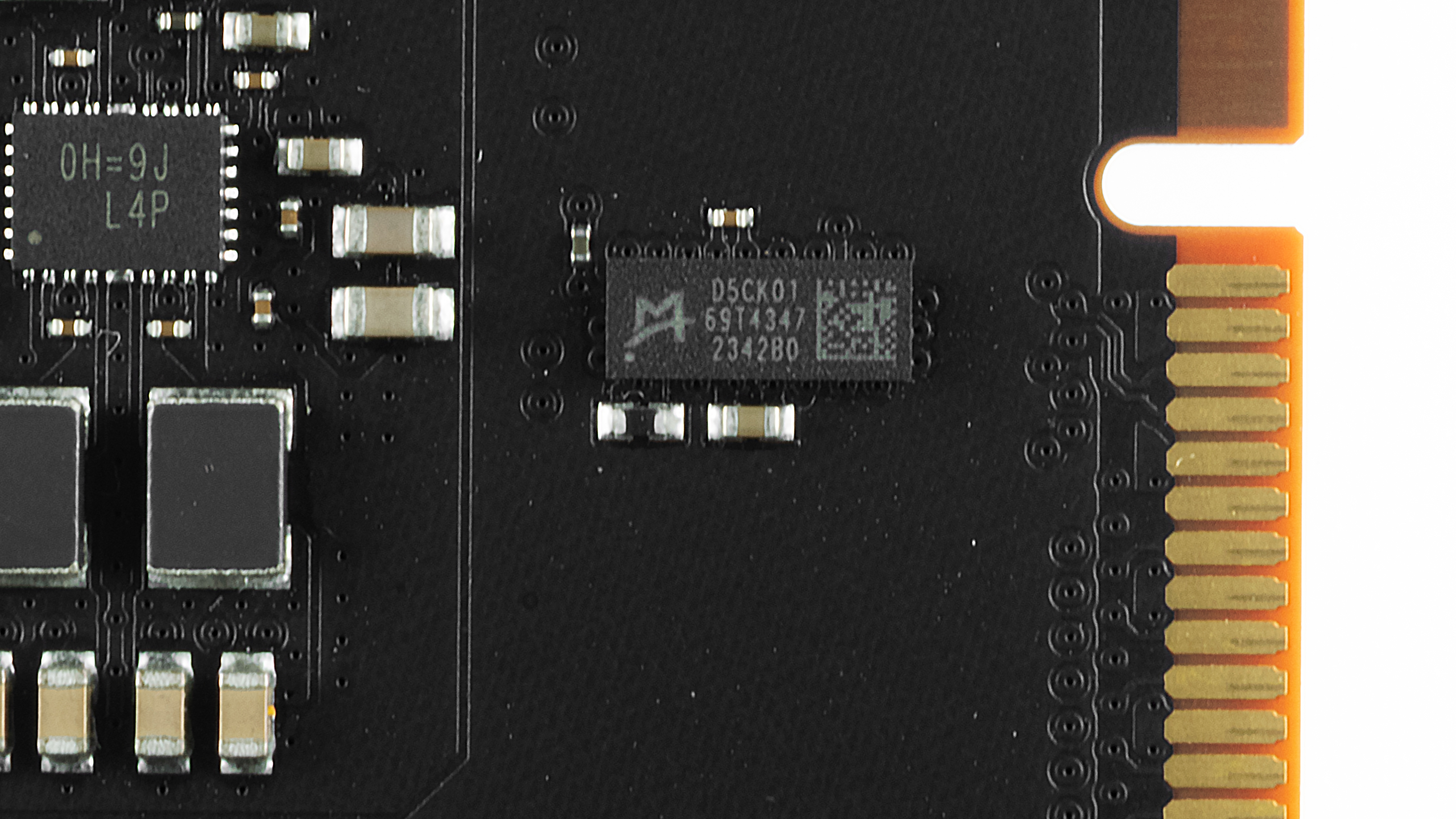
When installed on Intel’s 800-series platform, the CUDIMMs automatically run at DDR5-6400 with 52-52-52-103 timings and a 1.1V DRAM voltage. No user intervention is necessary. The CUDIMMs do not possess any Intel XMP or AMD EXPO profiles; however, they have multiple fallback profiles when not paired with a CUDIMM-compatible platform. For example, on AMD’s AM5 platform, the CUDIMMs revert to DDR5-5600 (official supported data rate forRyzen 9000CPUs) with 46-45-45-90 timings at 1.1V in bypass mode. As the name implies, bypass mode enables the CUDIMMs to operate as normal UDIMMs without the function of the CKD. See ourPC Memory 101feature andHow to Shop for RAMstory for more timings and frequency considerations.
2 x 16GB
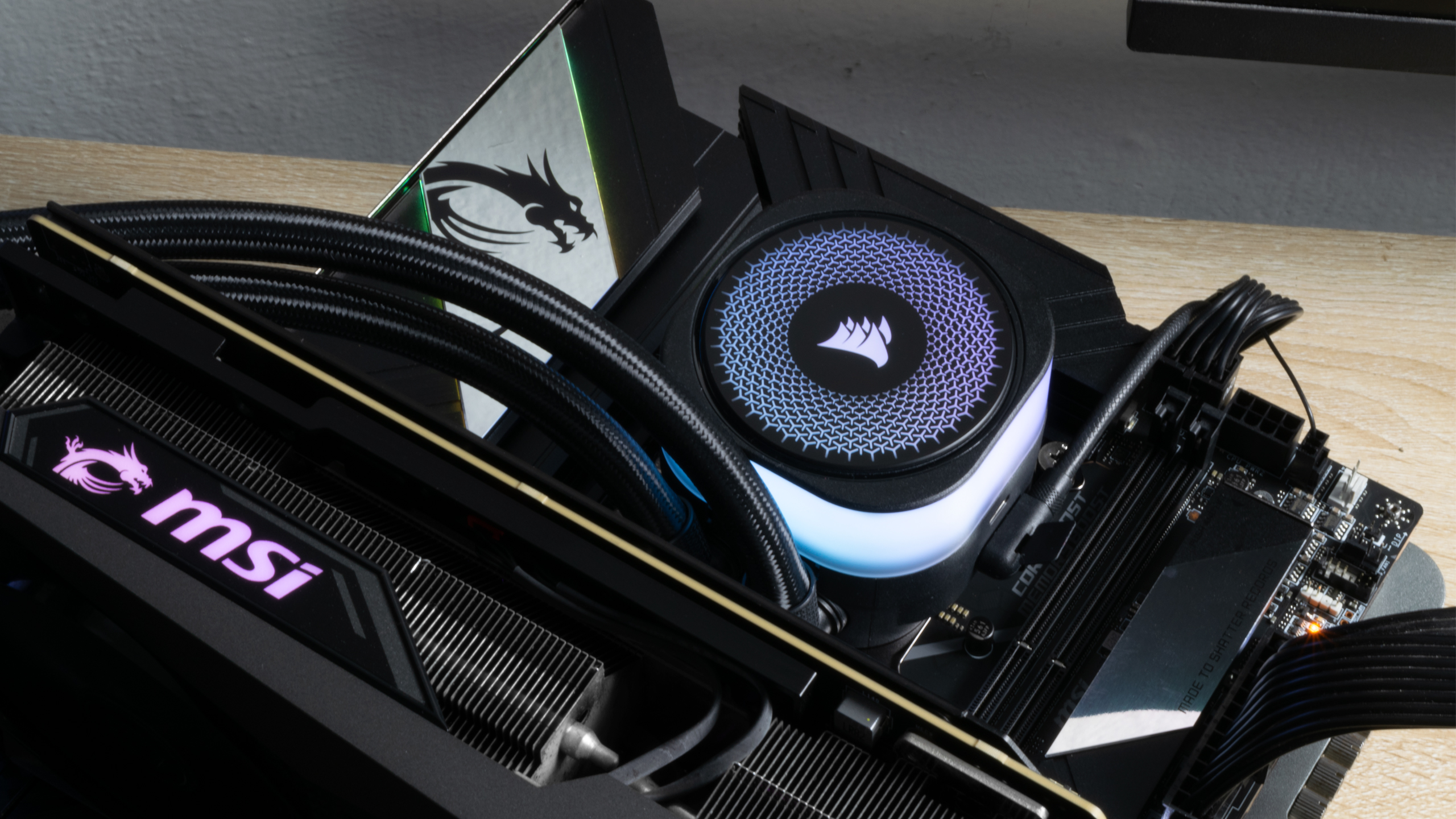
DDR5-6400 (XMP)
1.35
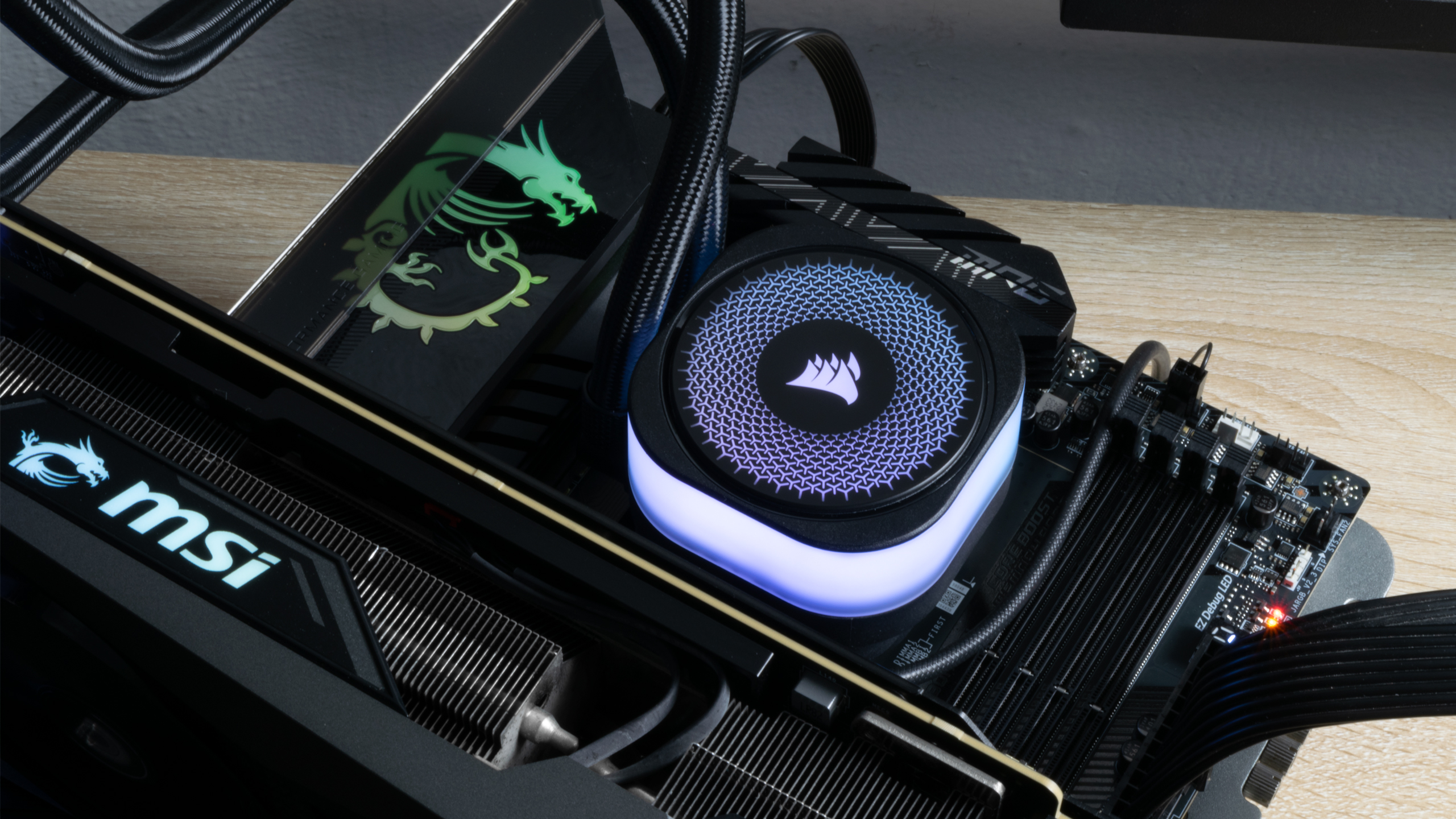
1,40
DDR5-6400 (XMP & EXPO)
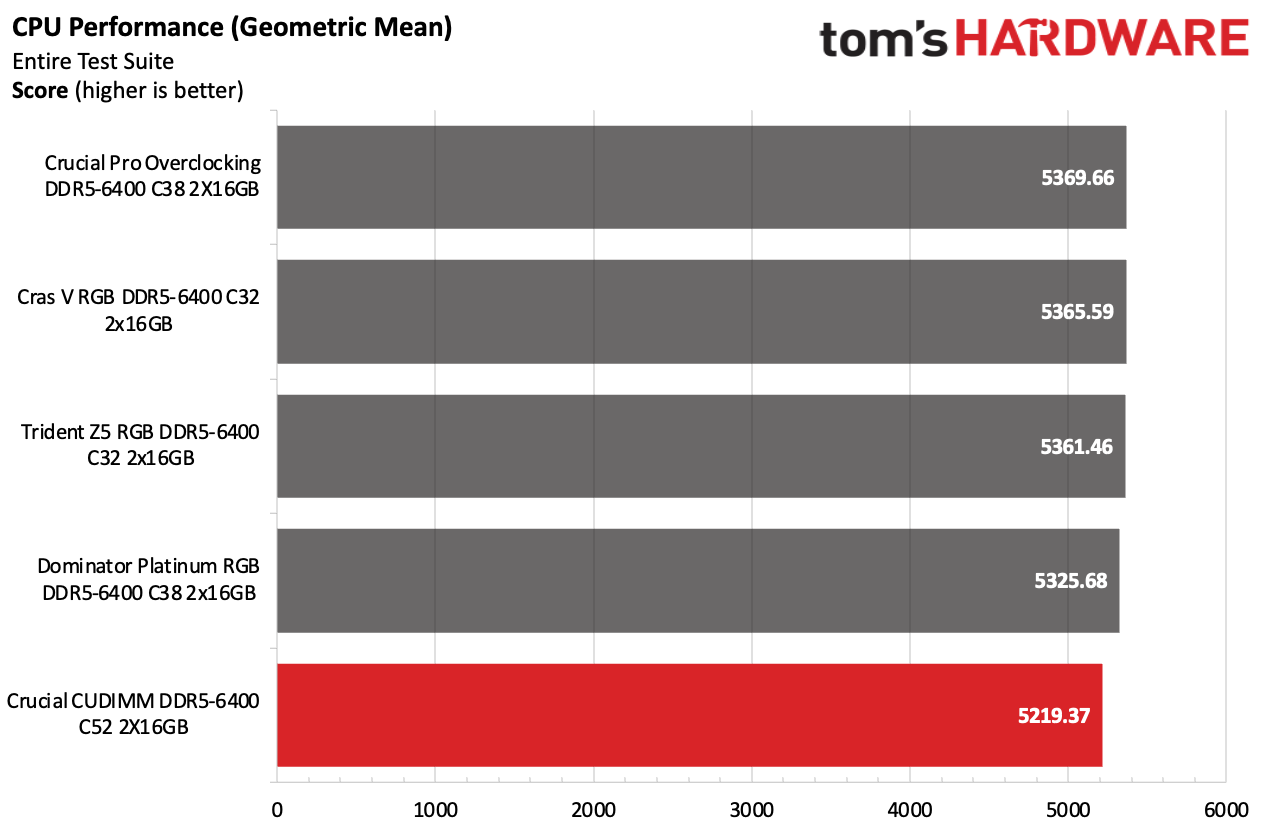
1.10
Lifetime
The Intel system comprises theCore Ultra 9 285Kand the MSI MEG Z890 Unify-X (7E20v1A41 firmware). In contrast, the AMD system employs the Ryzen 9 9900X and MSI MPG X870E Carbon WiFi (7E49v1A23 firmware). TheCorsair iCUE Link Titan 360 RX LCDCPU liquid cooler effectively maintains the operating temperatures of both theArrow LakeandZen 5processors under optimal conditions.
The MSI GeForce RTX 4080 16GB Gaming X Trio addresses the more graphics-intensive workloads, ensuring that our gamingRAM benchmarksdo not have a graphics bottleneck. TeamGroup’s A440 Lite PCIe 4.0 SSD balances performance and storage capacity, with 2TB of high-speed storage up to 7,400 MB/s for ourWindows 1124H2 installation,benchmarkingsoftware, and games.
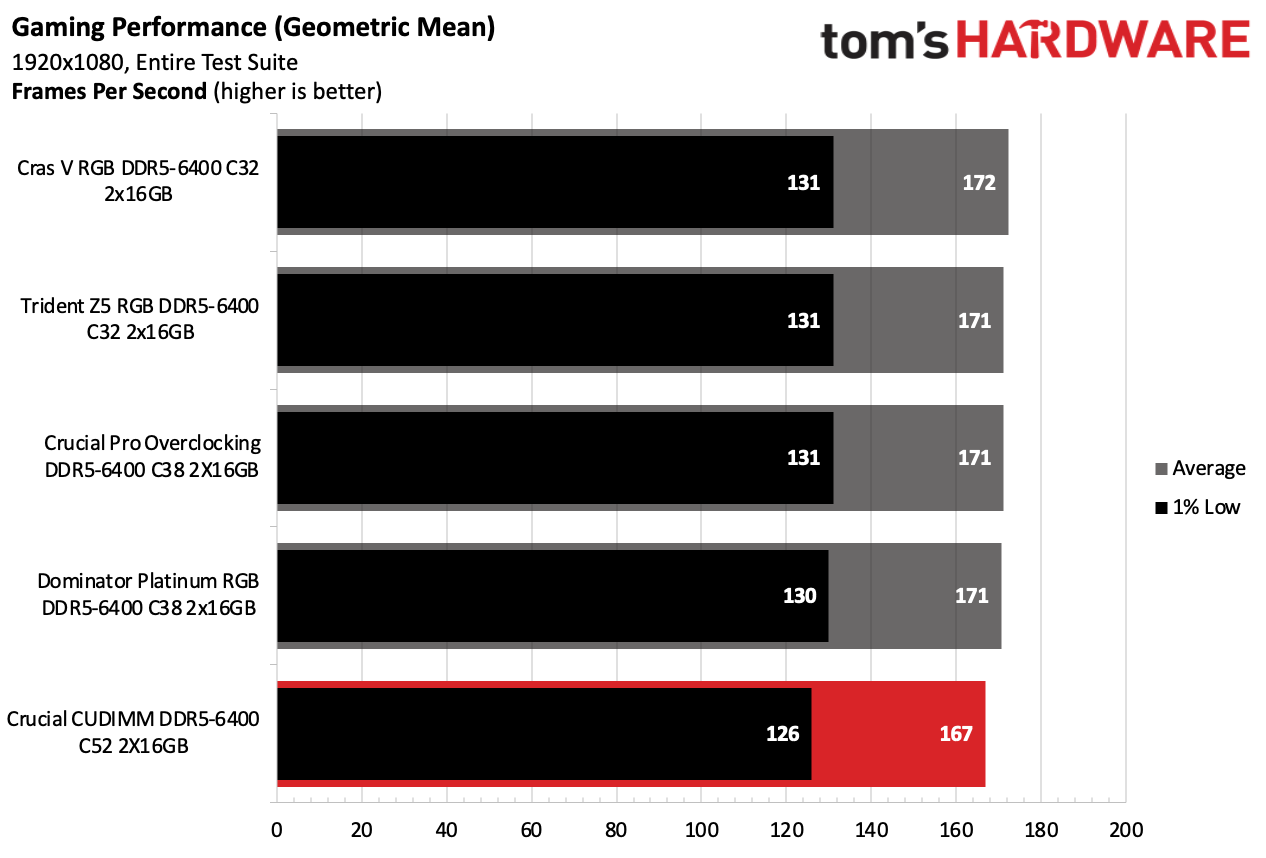
Meanwhile, the Corsair RM1000x Shift ATX 3.0 power supply delivers a reliable and ample power source to our test systems, directly feeding theGeForce RTX 4080with a native16-pin (12VHPWR)power cable. Finally, the Streacom BC1 open-air test bench accommodates all of our hardware.
AMD Ryzen 9 9900X
Streacom BC1
Intel Performance
Given the sloppy timings, it was not unexpected that Crucial’s CUDIMMs exhibited slower performance relative to the competition. The results indicated that it ranked last in application-based and gaming performance. Nevertheless, the memory kit demonstrated notable dominance in specific workloads, specifically in Adobe Photoshop, 7-Zip decompression, and HandBrake X265 conversion, where it outperformed the other overclocked memory kits.
AMD Performance
The memory kit’s standing on the AMD platform remained unchanged. The CUDIMMs did not exhibit notable highlights on this particular platform, as they typically ranked at the bottom of the barrel regarding application and gaming benchmarks.
Overclocking and Latency Tuning
By default, the CUDIMMs operate according to JEDEC’s 1.1V for DDR5. The PMIC accommodates voltages of up to 1.435V, providing significant voltage headroom. Nevertheless, we could not overclock the CUDIMMs beyond DDR5-6400, even when utilizing the maximum DRAM voltage or implementing very relaxed timings. It’s plausible that our sample didn’t have any overclocking headroom or that the motherboards may not be optimized for Micron ICs.
DDR5-6400 (1.45V)
DDR5-6600 (1.45V)
DDR5-6733 (1.45V)
DDR5-6800 (1.45V)
DDR5-7000 (1.45V)
N/A
We encountered similar obstacles while attempting to reduce the memory timings of the CUDIMMs. It is noteworthy that Micron’s ICs are not typically recognized for their tight timings; however, the CUDIMMs did not budge. Again, it could be our bad luck with the silicon lottery.
Bottom Line
The Crucial CUDIMM DDR5-6400 C52 memory kit’s JEDEC-rated timings are daunting enough to deter potential buyers. This is understandable since more speedy DDR5-6400 memory kits are on the market with better timings. Crucial’s CUDIMM memory kit specifically appeals toCore Ultra 200Sprocessor owners who are content with baseline performance and wish to avoid messing around inside their motherboards' settings. Intel’s latest 800-series platform is presently the only one that has fully adopted CUDIMMs, so AMD users should steer clear. While CUDIMMs can function on AMD platforms, their functionality is limited since you lose the CKD’s function; thus, spending extra on a feature you can’t fully utilize doesn’t make much sense for AMD users right now.
DDR5 is more expensive than DDR4 for several reasons, but a primary factor is the need for more components. CUDIMMs continue contributing to this issue, now incorporating the additional CKD IC. The Crucial CUDIMM DDR5-6400 C52 is priced at$169.99, significantly higher than competitors that offer considerably better timings and, consequently, higher performance. Does the premium price tag make it a poor memory kit? Not really. Remember that the Crucial CUDIMM DDR5-6400 C52 competes in a niche market.
Zhiye Liu is a news editor and memory reviewer at Tom’s Hardware. Although he loves everything that’s hardware, he has a soft spot for CPUs, GPUs, and RAM.